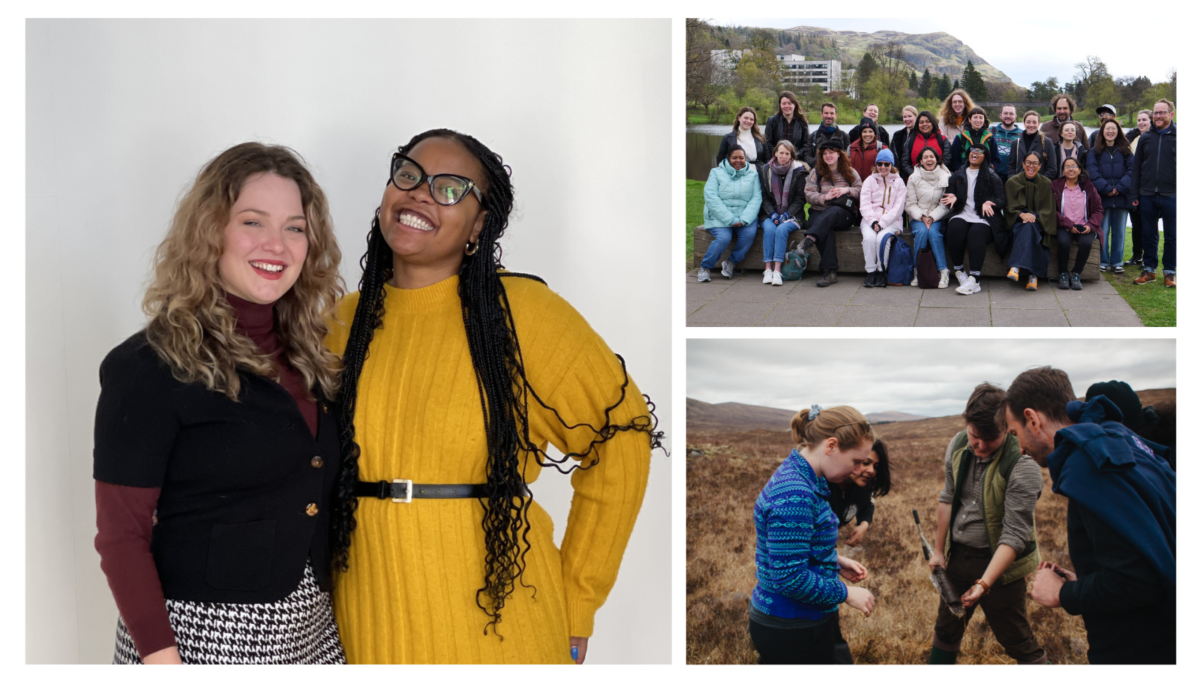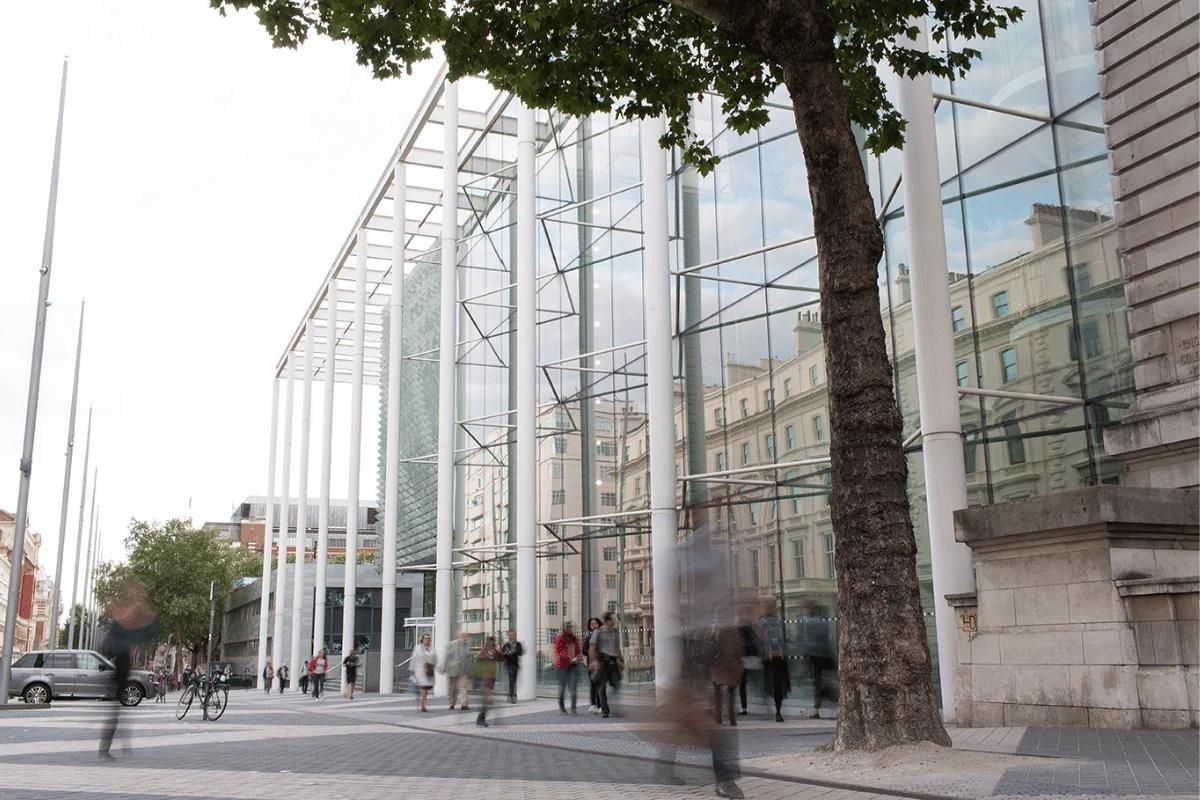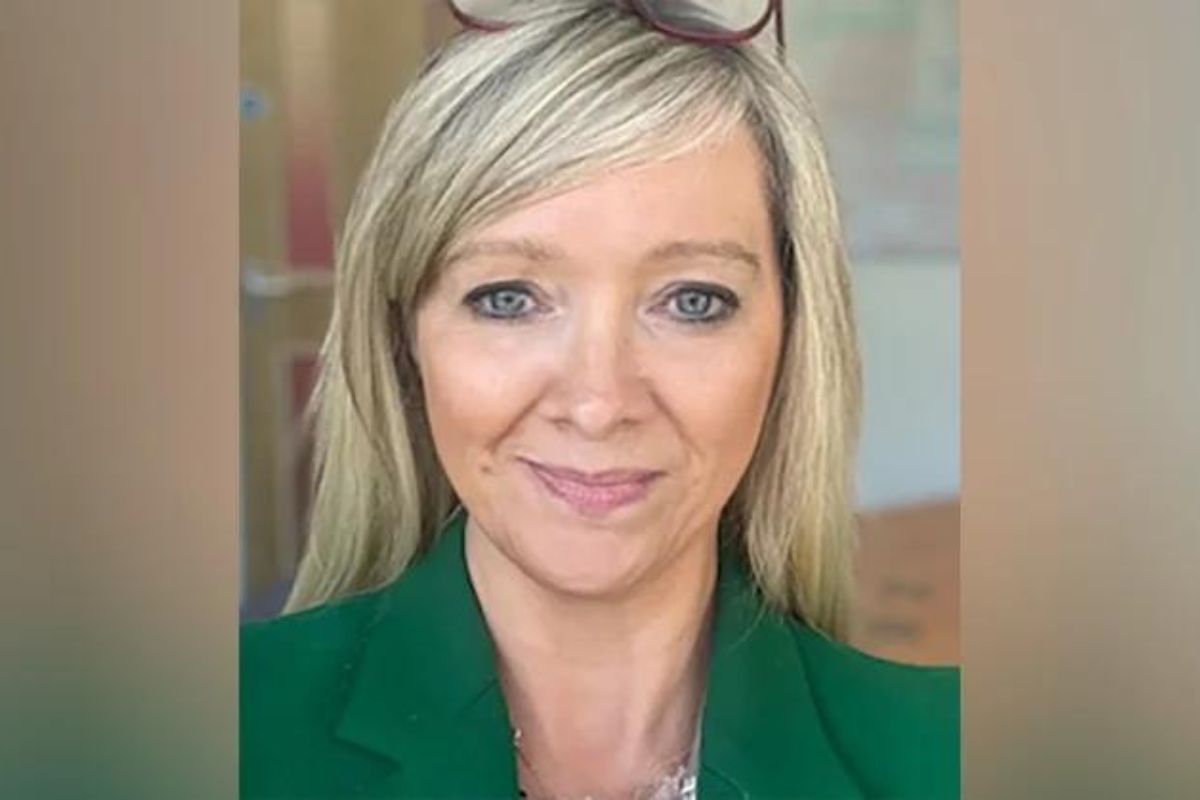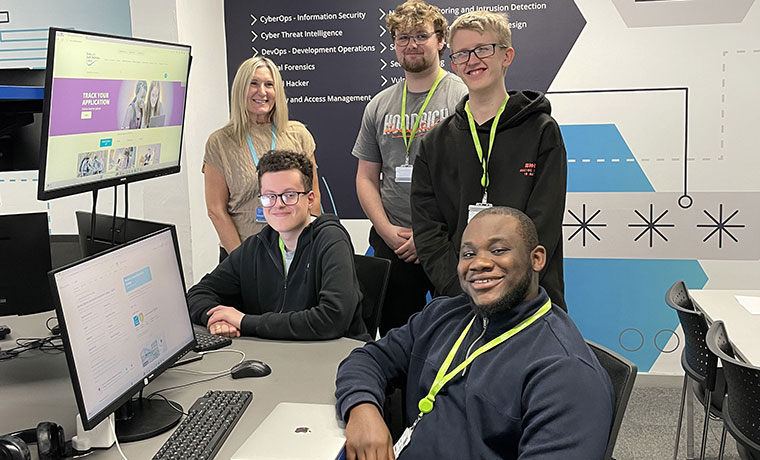How Business Schools Can Change to Drive Societal Impact

Over the past few years, a popular buzzword has emerged within educational systems: transformation. For business schools, adapting to the evolving needs of their faculty, students, and other stakeholders has always been essential. However, today’s pressing societal issues have accelerated the need for new perspectives and creative solutions. For prospective students, a school’s ethos has emerged as a key factor when choosing which program to attend. Now, more than ever, students are compelled to understand the future impact they can have as business leaders and aspire to align their studies with their personal values.
The business sector is also focused on addressing societal issues and has started hiring graduates with a passion to make an impact and drive change. Customers are exerting increasing pressure on companies to take action on climate change, racial justice, and other critical matters. We are also seeing that prospective employees want to work for companies whose value aligns with their own and whose missions include positive impacts on society.
How to best serve these students and organizations
To best serve these students and organizations, business schools can drive societal impact in a variety of ways—beginning with examining their missions, understanding their stakeholders, and using that insight to frame their approach and define the initiatives to create positive societal impact. Schools can also assess the scope of their focus—exploring factors such as the region and the reach (local, national, international)—to determine the type of business school they are and strive to be. The outcomes of these efforts will affect research and outreach when determining how schools can make a difference, but further, they will reveal opportunities across curriculum, programming, and other variables to engage students and provide them with the tools they need to recognize and address complex societal challenges.
During my time as a dean, I noticed that students had the most influence to drive change. By meeting with students and participating in forums, perceptive administrators soon realize that today’s students want their education to align with their values. Business schools must become more creative and intentional with their student organizations and other extracurricular programs, since these activities provide unique opportunities to engage with students and understand how they want their school to empower them to create a positive impact on society.
Drawing on capabilities of faculty and professional staff
Schools can draw on the capabilities of their faculty and professional staff, who are valued resources to enact change and lead others. Faculty members have gained a growing awareness of how the big societal problems and challenges affect their students. For example, in one of my classes I assigned students to identify a pressing societal issue and build an enterprise to address that problem—with the added condition that the enterprise had to be sustainable in the long term. This constraint made the assignment more realistic and really challenged the students to think about what could work. It helped them build skills like creative problem-solving, empathy, and collaboration that they can apply to create positive change in their future business careers.
A school’s designation of research areas is also vital because the school may have certain expectations for researchers and will need to make appropriate funds available for them. Schools may need to adjust their priorities to ensure their research aligns with overall institutional goals. Solutions to numerous challenges facing society require input from multiple disciplines, so bringing together a variety of perspectives and resources to create interdisciplinary research groups can be very powerful. Many schools are already thoughtfully realigning their research practices, but the key is being intentional in the range of activities they carry out. Thinking about that—recording what difference the school is making and inviting feedback—will help schools move their research efforts forward.
AACSB recognized the need to help schools prioritize societal impact in research and other activities. From 2018 to 2020, I served on the task force to develop AACSB’s 2020 business accreditation standards. When we spoke to business schools around the world, they stressed how important societal impact has become to them. The growth of both faculty and external interest in this area made it clear to us that adding it to the new standards should be a priority. When we presented the draft standards at forums, we received incredibly positive feedback, especially when it came to the standard on societal impact. The proposed standard resonated widely with school leaders, who agreed with the underlying principle that business schools and enterprises can be powerful forces in making the world a better place.
Fulfilling the standard on societal impact and push for positive change
As business schools strive to fulfil the standard on societal impact and push for positive change, the path to success will vary from school to school. Schools are at different stages of evolution, so each school must identify the areas in which it aims to make a difference. It helps to develop a microplan that will provide a roadmap to ensure that societal impact is embedded in all business school activities—from curriculum to research to outreach—and to ensure that appropriate resources are available to support each endeavour. A microplan should also assure that students have an opportunity to lead and develop the ideas that are shared within the curriculum.
As with any process involving change, the challenge for a business school seeking to increase its focus on societal impact will be to address and refute the doubts of naysayers. A common complaint is that change isn’t needed because the status quo has been fine for decades. But change management provides a path forward. The change management process involves ensuring clarity on how to achieve goals, agreeing on the process, and articulating what the end result will look like. Stakeholders will not always be totally aligned on all of these factors, but a key step is to identify the critical leaders in the school who will guide and encourage the rest to make change happen.
To overcome the challenges of changing extant systems, business schools should involve all stakeholders, including faculty, from the outset. If faculty or research capability is lacking, those limitations provide an opportunity to rethink and establish new strategies. Upskilling existing faculty or hiring new faculty may be necessary. The next step will be to ensure the right infrastructure, professional staff, and funding are in place, along with fostering appropriate support and realistic expectations to sustain manageable progress. To facilitate this process, school leaders should identify opportunities to partner with industry, government, and other societal groups that could benefit from collaboration. Business schools were not made to exist in silos, and they need to remember to draw on the strengths of other schools and their communities to create change.
Just as there is no one opinion, there’s no one route to achieving change. The best way to implement a new societal impact agenda is to encourage a wide array of perspectives by inviting everyone to the table. It’s vital to have discussions and debate, for people to ask questions, and to consider all sides. Take full advantage of the strengths a diverse ecosystem has to offer.
By Geoff Perry, Executive Vice President and Chief Officer, Asia Pacific at AACSB












Responses